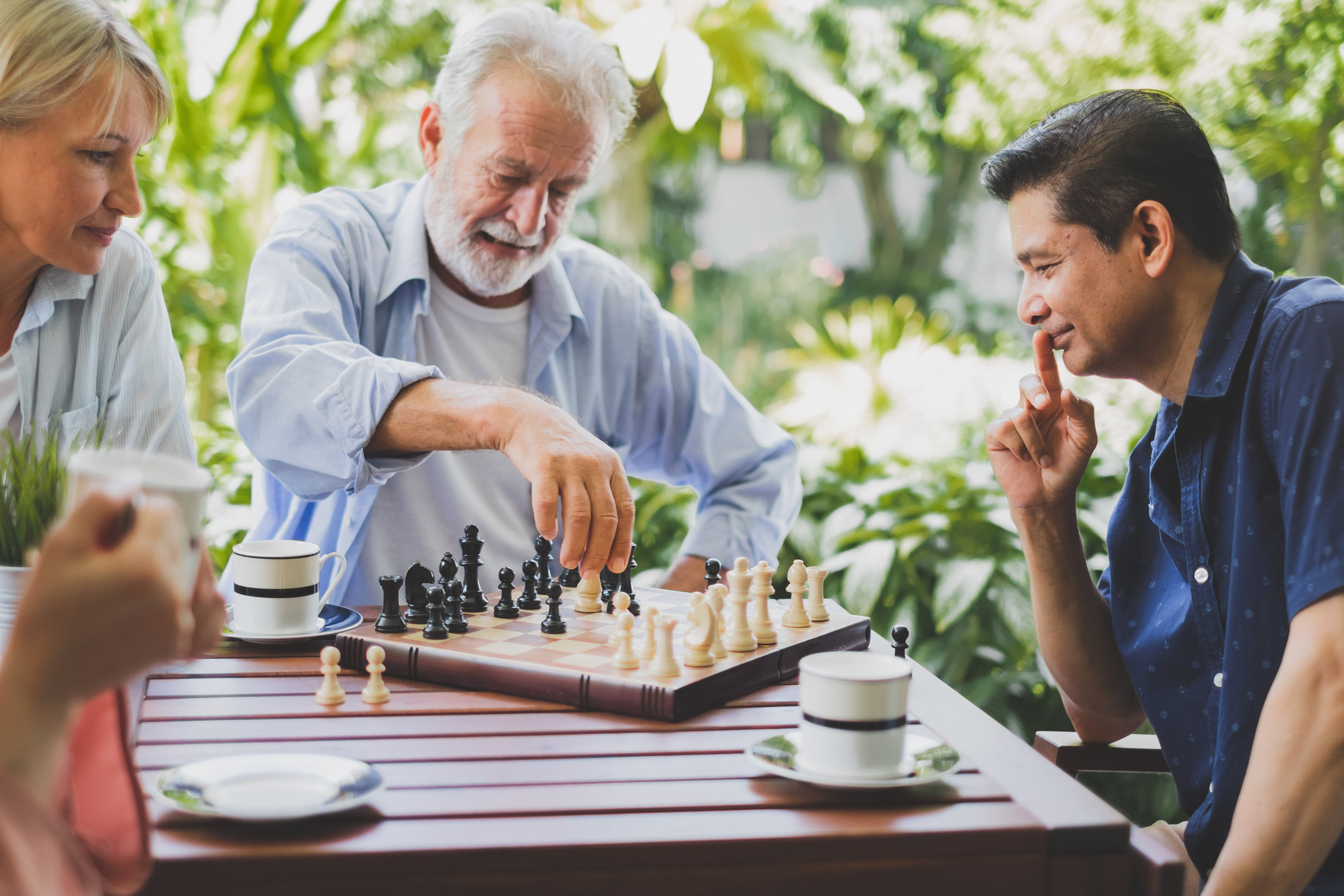We embrace a new year as a new beginning, aspiring to become something different or better than before.
Resolutions inevitably revolve around hopes of being healthier, more productive, more successful – when all we really want is joy.
Joy for January doesn’t seem like a big ask.
There is a Jennifer Lawrence movie named for it and a character called Joy in Inside Out.
Christian Dior even created “Joy” and put it in a bottle.
The Dulux colour of the year for 2025 is called True Joy – a delightfully sunny hue.
If only joy were as simple as spraying or painting it on.
And it is, with a different way of thinking.
It turns out that the waves of ‘how to’ advice on creating a new, happier you are mostly hooey.
No amount of wanting or vowing will make it so – humans have shown we are generally pretty hopeless at dramatic personal change.

The science shows that best indicator of what will make people happier is seeded in what has made them joyous before.
A course in the UCLA graduate business school asks students to reflect on the past year and identify the moments or activities that brought them genuine, heartfelt joy.
The research determined that activities and people that made them happy before held great promise of bringing future joy.
The key is to be specific.

After all, the difference between a dream and a goal is having a plan.
Saying “I feel happy near the ocean” or “I am happy when I am with my kids” is too abstract to replicate.
The best advice is to identify the moment, the vibe, the person, the activity that brought joy and grow new happiness from there.
The first working Monday in January is known in legal circles as “Divorce Monday” because there is inevitably a surge in divorce inquiries.
Contrary to ads and social posts, the Christmas period, with all its weighty expectations and forced family time, can be heartbreaking.
But the possibility of happiness remains, and the root of joy is gratitude.
Joy doesn’t make us grateful, but being consciously grateful sure does make us feel joy.
And in 2025, we need, dream of and should all plan for loads of that.
Dr Jane Stephens is a UniSC journalism lecturer, writer and media commentator. The views expressed here are her own.





